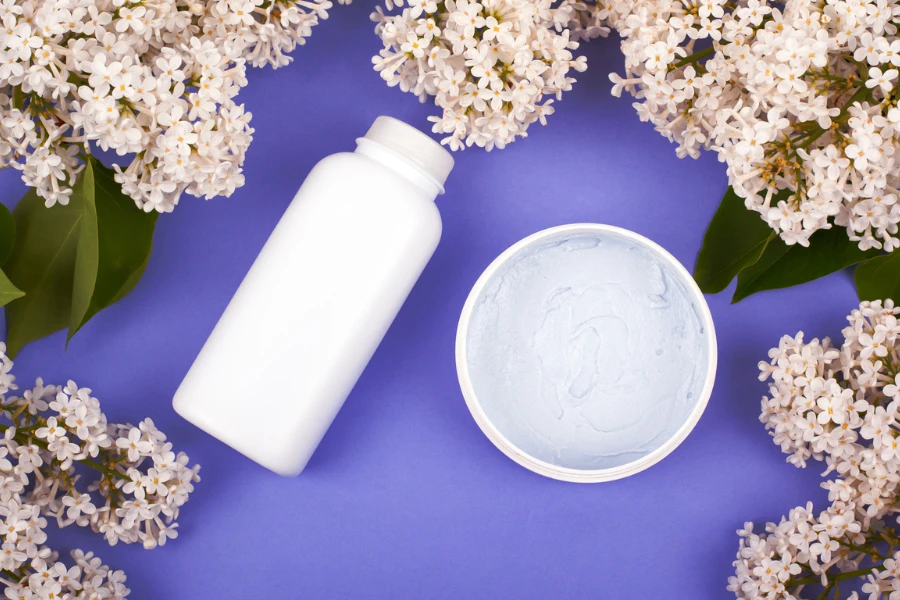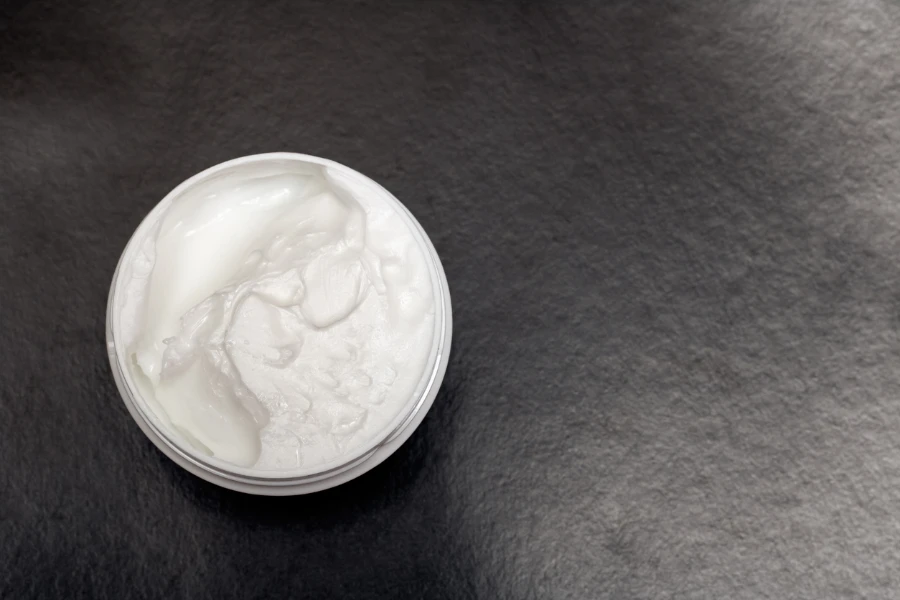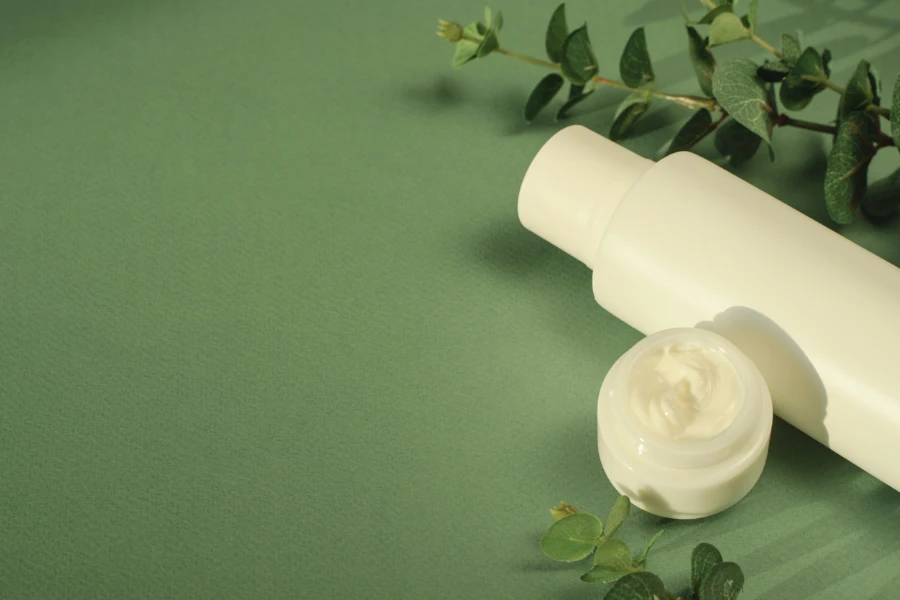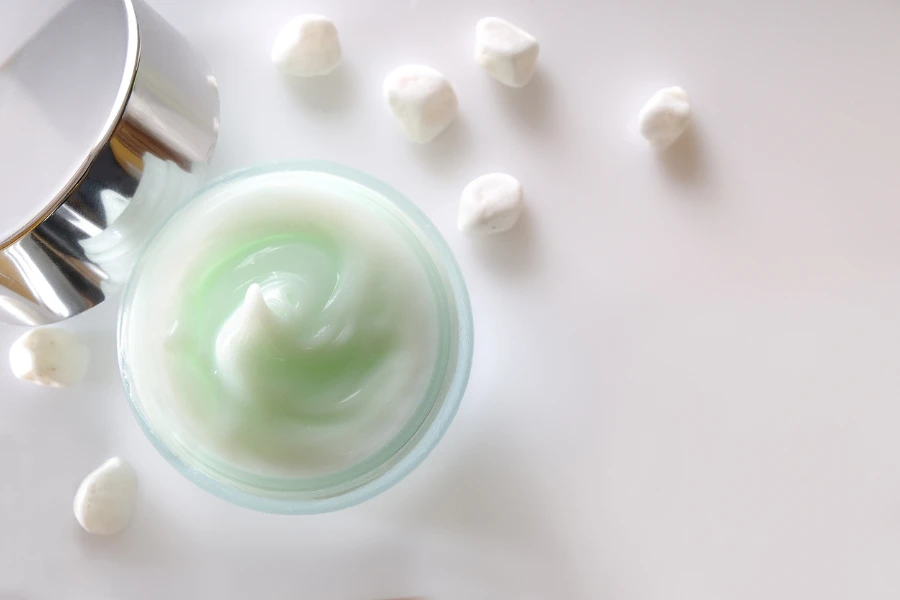Hydroquinone cream has long been recognized in the realm of skincare, particularly for its efficacy in treating hyperpigmentation. This article aims to shed light on the essential aspects of hydroquinone cream, from its mechanism of action to safety considerations, application methods, potential side effects, and alternatives. By providing a thorough understanding, we equip you with the knowledge to decide whether hydroquinone cream is suitable for your skincare routine.
Table of Contents:
– What is hydroquinone cream and how does it work?
– Safety and considerations before using hydroquinone cream
– How to properly apply hydroquinone cream
– Potential side effects of hydroquinone cream
– Alternatives to hydroquinone cream
What is hydroquinone cream and how does it work?

Hydroquinone cream is a topical agent widely used to lighten areas of darkened skin, such as freckles, age spots, melasma, and chloasma. Its primary mechanism involves decreasing the production of melanin, the pigment responsible for skin color, in the skin. This reduction in melanin leads to a gradual lightening of the skin in the treated areas, helping to achieve a more uniform skin tone.
The effectiveness of hydroquinone cream lies in its ability to inhibit the enzymatic process that drives melanin production. By interfering with this process, hydroquinone slows down the synthesis of melanin, ensuring that hyperpigmentation is treated directly at its source. This targeted approach makes hydroquinone a popular choice for those seeking to address specific areas of discoloration.
Understanding the proper use and expectations is crucial when incorporating hydroquinone cream into a skincare regimen. Results vary among individuals and depend on various factors, including the concentration of hydroquinone, the type of hyperpigmentation being treated, and consistent application as directed.
Safety and considerations before using hydroquinone cream

Before incorporating hydroquinone cream into your skincare routine, it’s essential to be aware of its safety profile and considerations. While hydroquinone is effective for many, it’s not suitable for everyone. Consulting with a dermatologist prior to use can help determine if hydroquinone cream is appropriate for your skin type and concerns.
One of the primary considerations is the concentration of hydroquinone. Over-the-counter products typically contain up to 2% hydroquinone, while prescription formulas may have higher concentrations. Higher concentrations can be more effective but also increase the risk of side effects.
It’s also important to consider the duration of use. Long-term use of hydroquinone cream has been associated with adverse effects, so it’s generally recommended for short-term treatment cycles, followed by breaks or evaluation by a healthcare provider.
How to properly apply hydroquinone cream

For optimal results, applying hydroquinone cream correctly is key. Begin by cleansing the skin to remove any dirt, oil, or makeup, which can hinder absorption. Applying the cream to damp skin may enhance absorption but can also increase the risk of irritation, so it’s typically advised to apply it to dry skin.
A thin layer of hydroquinone cream should be applied to the affected area, avoiding contact with the eyes, nose, and mouth. It’s crucial to apply the cream only to areas of hyperpigmentation, as applying it to normal skin can lead to unwanted lightening.
Consistency is crucial when using hydroquinone cream. It should be applied once or twice daily, as directed, and it may take several weeks to notice significant improvements. During treatment, using sunscreen is essential to protect the skin from UV radiation, which can exacerbate hyperpigmentation.
Potential side effects of hydroquinone cream

While hydroquinone cream is generally safe when used as directed, some individuals may experience side effects. Common side effects include mild skin irritation, redness, and dryness. These symptoms are usually temporary and can often be managed with moisturizers or by adjusting the frequency of application.
In rare cases, more severe side effects can occur, such as ochronosis, a condition characterized by blue-black pigmentation of the skin. This is more common with prolonged use or in individuals with darker skin tones. If you experience any severe or persistent side effects, discontinue use and consult a healthcare professional.
Alternatives to hydroquinone cream

For those who prefer not to use hydroquinone cream or who cannot tolerate it, several alternatives are available. Ingredients such as kojic acid, azelaic acid, and vitamin C can also help lighten hyperpigmentation. These alternatives work through various mechanisms but generally aim to reduce melanin production or accelerate skin cell turnover.
Exploring these alternatives can be beneficial for individuals looking for a gentler approach or those interested in incorporating natural ingredients into their skincare routine. As with any skincare product, it’s essential to conduct patch tests and consult with a dermatologist to determine the most suitable options for your skin type and concerns.
Conclusion:
Hydroquinone cream offers a potent solution for those struggling with hyperpigmentation, but it’s essential to approach its use with knowledge and caution. By understanding how it works, its safety considerations, and how to apply it properly, you can make an informed decision about incorporating hydroquinone cream into your skincare regimen. Remember, patience and consistency are key, and alternatives are available for those seeking different options.




